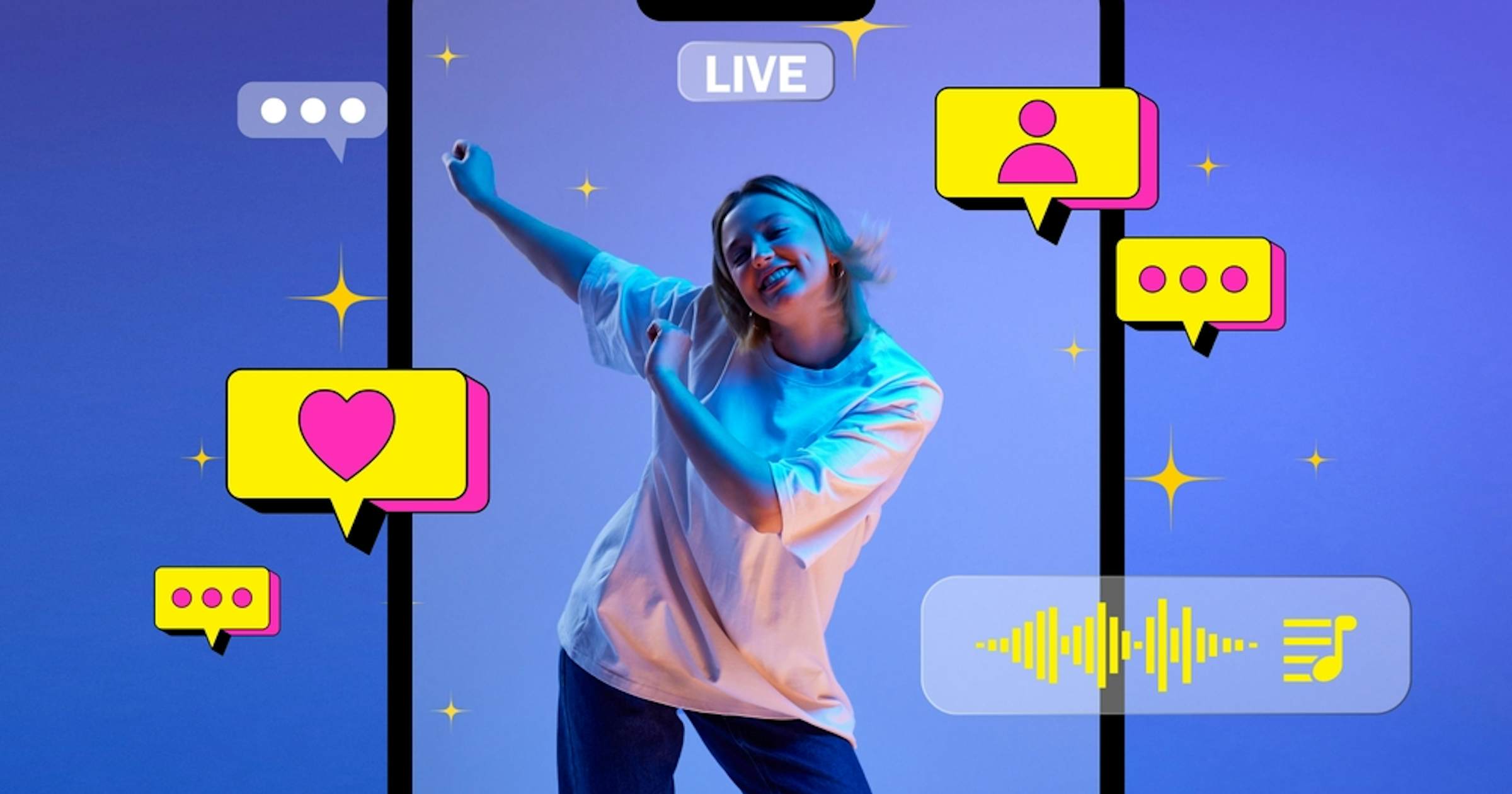The Ever-Changing Social Media Landscape: Challenges and Opportunities
The social media landscape is a dynamic, competitive space that requires marketers to constantly adapt to platform updates, algorithm changes, and shifting consumer behaviors. With reports of declining organic engagement, navigating this environment can be challenging. However, social media remains a powerful space for brands to connect with their audience and drive engagement.
With numerous social platforms available, it can be overwhelming to stay informed about new opportunities for driving brand awareness. Adding to the complexity are ongoing developments, such as Meta’s scaling back of fact-checking and diversity initiatives, alongside TikTok’s uncertain future in the U.S.
At the Digital Marketing Institute (DMI), we track these trends to help marketers stay ahead. Here’s what’s shaping social media marketing in 2025:
1. The Battle Between X, Bluesky, and Threads
When Elon Musk acquired Twitter in 2022 (renaming it X), the platform faced significant controversies, including advertiser boycotts and user dissatisfaction. According to The Guardian, X lost 2.7 million active U.S. users in two months after the November 2024 election, while Bluesky gained 2.5 million in the same period.
Bluesky, a decentralized platform founded by Jack Dorsey, offers simplicity and a focus on the open web, attracting brands like Netflix and The Guardian. Meanwhile, Threads, backed by Meta and integrated with Instagram, has rapidly grown to 275 million users. With new features like customizable feeds and algorithm-driven trending topics, Threads is gaining traction, especially for brands posting humorous or educational text-based content.
2. AI in Social Media
AI is revolutionizing social media marketing by streamlining content creation, analyzing data, personalizing experiences, and automating customer service. Tools like ChatGPT, Jasper, and Midjourney empower marketers to generate text, images, and videos efficiently.
However, success with AI requires thoughtful prompts and clear instructions. Alison Battisby, Founder of Avocado Social, advises marketers to refine AI-generated copy by specifying tone, voice, and keywords.
Platforms like TikTok are leveraging AI to enhance advertising with tools like TikTok Smart+, which automates campaign management for better results.
3. The Rise of Employee-Generated Content (EGC)
Consumers increasingly value trust and authenticity, making employee-generated content a key marketing tool. Unlike user-generated content, EGC showcases a brand’s personality through the eyes of its employees.
This strategy extends beyond LinkedIn, with platforms like Instagram and TikTok being used to humanize brands. EGC is also cost-effective, requiring minimal resources—simple phone recordings or blogs can make a big impact.
Additionally, EGC can support recruitment efforts by showcasing workplace culture and values, encouraging potential talent to join the team.
4. The Decline of Hashtags
Once essential for discoverability, hashtags are becoming less effective as social media algorithms improve at analyzing captions and content context. Platforms like Instagram have removed features like following hashtags, signaling their reduced importance.
To stay relevant, brands should focus on optimizing captions and descriptions for search, especially as platforms like TikTok gain popularity as search engines for younger generations.
5. The Dominance of Short-Form Video
Short-form videos are booming, thanks to platforms like TikTok, Instagram Reels, and YouTube Shorts. Meta reports that 60% of user time on Facebook and Instagram is now spent watching videos.
To succeed in this format, brands should focus on vertical viewing, storytelling, and concise messaging. Authenticity is key, as is optimizing videos for engagement with strong captions and audio elements.
Employee-generated videos, behind-the-scenes footage, and instructional content are particularly effective in this space.
6. Customer Content Overshadowing Influencers
While influencers still play a role in marketing, many brands are shifting their focus to customer-driven campaigns. This approach not only fosters loyalty but also creates authentic user-generated content and positive brand sentiment.
For example, skincare brand Topicals and beauty brand Refy have included loyal customers in exclusive trips and events, blending influencer marketing with customer engagement to deepen connections and enhance brand loyalty.
7. Security and Regulation in Social Media
Privacy and safety concerns continue to shape the future of social media. Regulatory changes, such as Australia’s upcoming ban on users under 16 and investigations in Europe into platforms’ impact on mental health, signal a more controlled social media environment.
In the U.S., Meta’s decision to stop third-party fact-checking has raised concerns among advertisers, while TikTok’s uncertain future under Chinese ownership adds another layer of complexity.
These developments emphasize the need for marketers to stay informed and adapt their strategies as regulations and consumer expectations evolve.
Master Social Media Marketing with DMI
Social media offers endless opportunities for marketers to connect with global audiences, but success requires a strategic approach. DMI’s Professional Diploma in Social Media equips you with the tools and knowledge to excel across all platforms, from social research to content creation and strategy. Learn to leverage the power of Facebook, LinkedIn, TikTok, Instagram, X, and WhatsApp.
Enroll today and become a social media expert!


